
The book explores the development of closed systems in 20th century architecture, design and engineering, such as outer space capsules, submarines and office buildings.

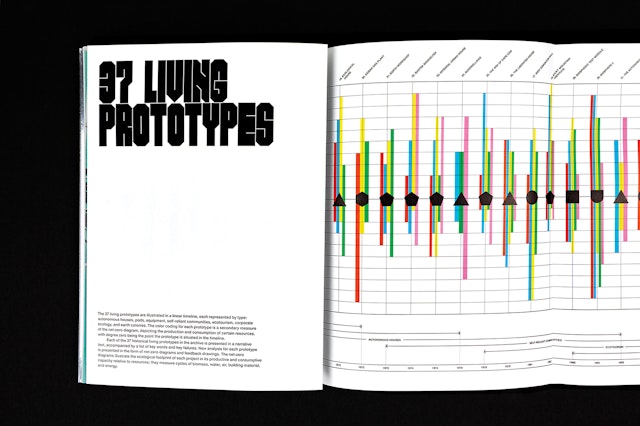
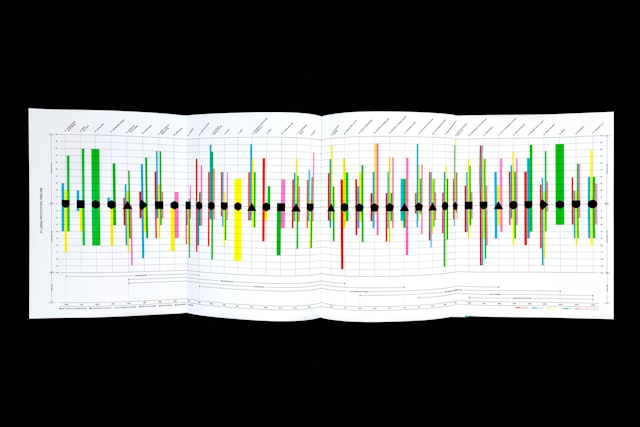
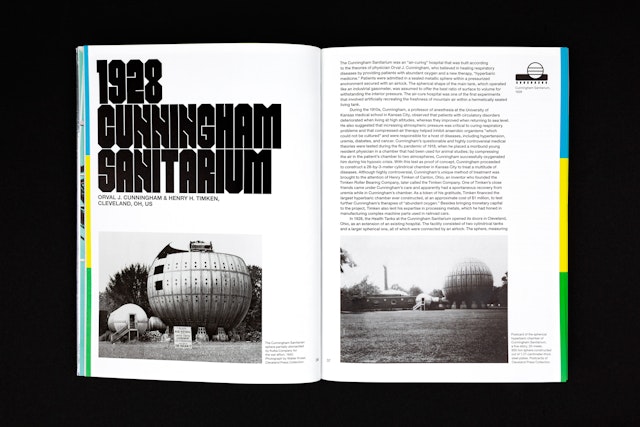

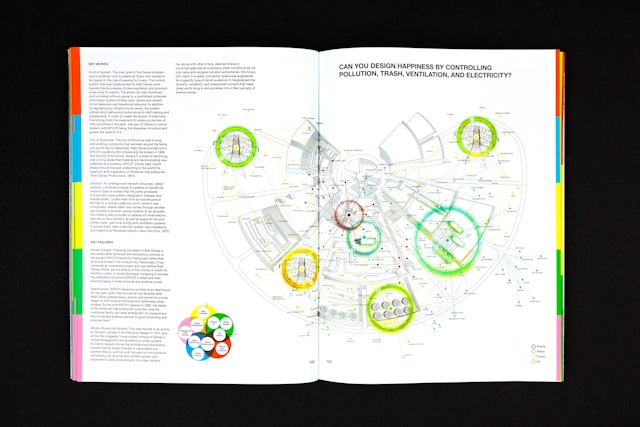
The book design is a closed system in itself, complete with its own custom typeface, graphic methodology and organizational structure.
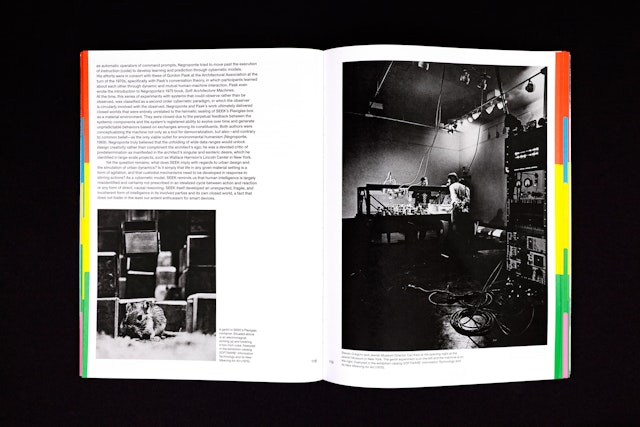




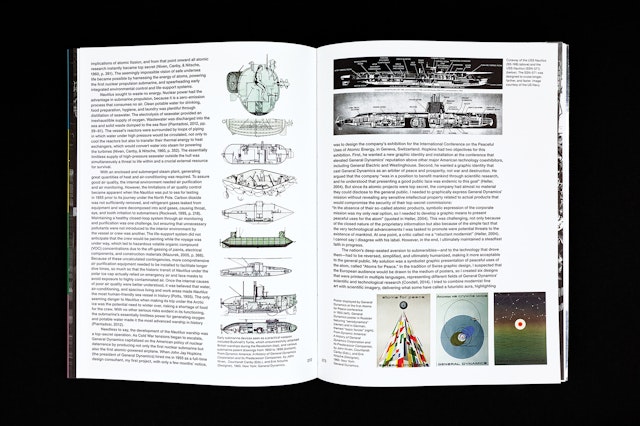
The custom CLOSED font visually echoes the confined, self-sustaining physical environments, removing as much negative space as possible from within and between its letterforms.

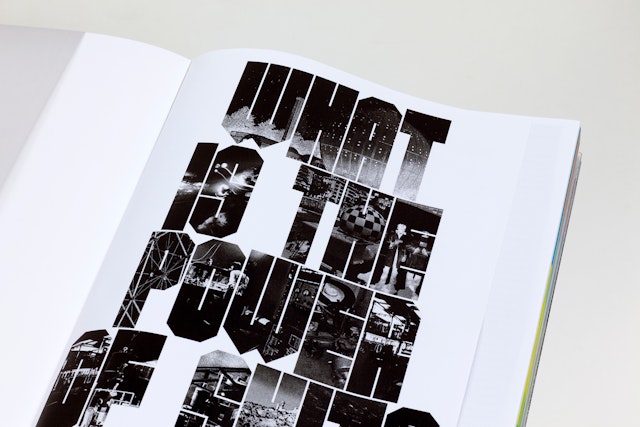

The Architecture of Closed Worlds, Or, What Is the Power of Shit? explores the development of closed systems in 20th century architecture, design and engineering, from the space program to countercultural architectural groups experimenting with autonomous living. The book documents the research of the 2016 exhibition Closed Worlds, presented at the Storefront for Art and Architecture in New York. Pentagram extended its award-winning design for the exhibition to the book, released by Storefront in collaboration with Lars Müller Publishers.
The Pentagram designers worked closely with the book’s author, Lydia Kallipoliti, who also curated the exhibition. Closed Worlds presents an archive of 37 historical living prototypes from 1928 to the present that function as closed resource regenerating systems, such as outer space capsules, submarines and office buildings. The subject is timely; global warming, recycling and sustainability are all related to the study and analysis of closed systems.
The exhibition design for Closed Worlds was a closed system in itself, complete with its own custom typeface, CLOSED, display methodology and organizational structure. The book adapts this concept and graphic elements from the show, including the branding, typography and data visualizations. Like the exhibition, the book opens with a timeline of the prototypes, with the typology of each system represented by a symbol based on a simple shape. Each prototype also contains a color-coded bar graph that depicts the life cycle of the various resources within the system. These color graphs reappear on the fore edge of each prototype’s case study, mapping the systems across the pages.
The custom CLOSED font visually echoes the confined, self-sustaining physical environments. The typeface removes as much negative space as possible from within and between its letterforms. Drawn and cut with 45˚ and 90˚ angles, the letterforms interlock with each other into a continuous pattern. The book concludes with a section that repurposes the exhibition’s “Speculative Histories” supergraphic collage as a detailed portfolio presenting a parallel narrative of enclosed spaces.
